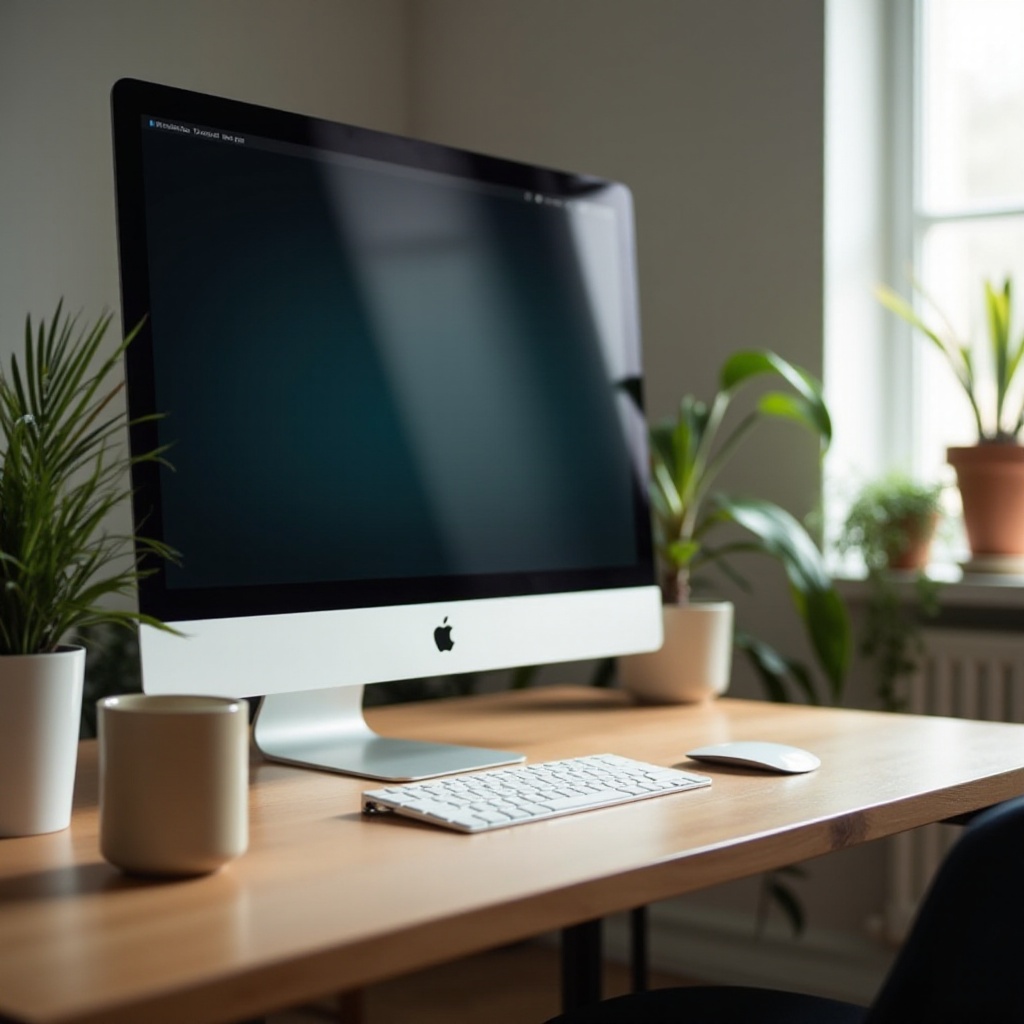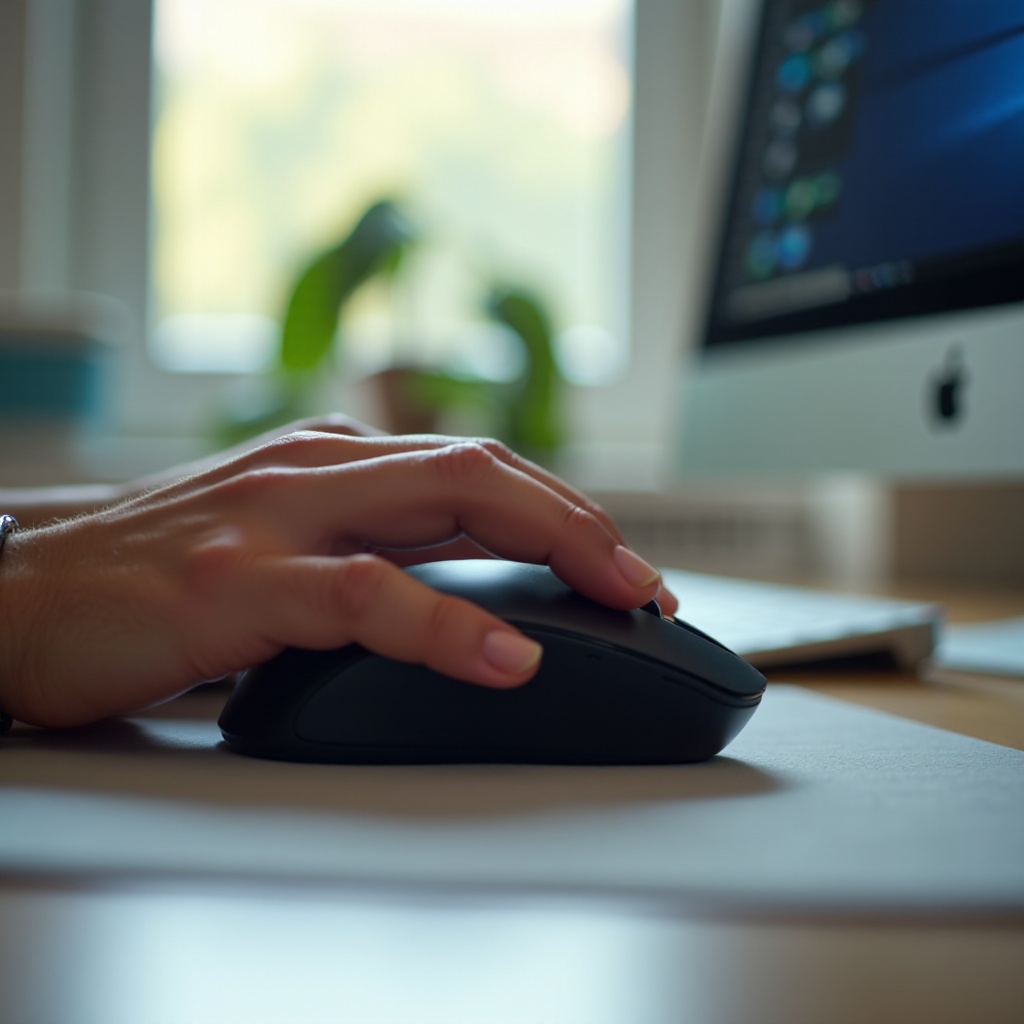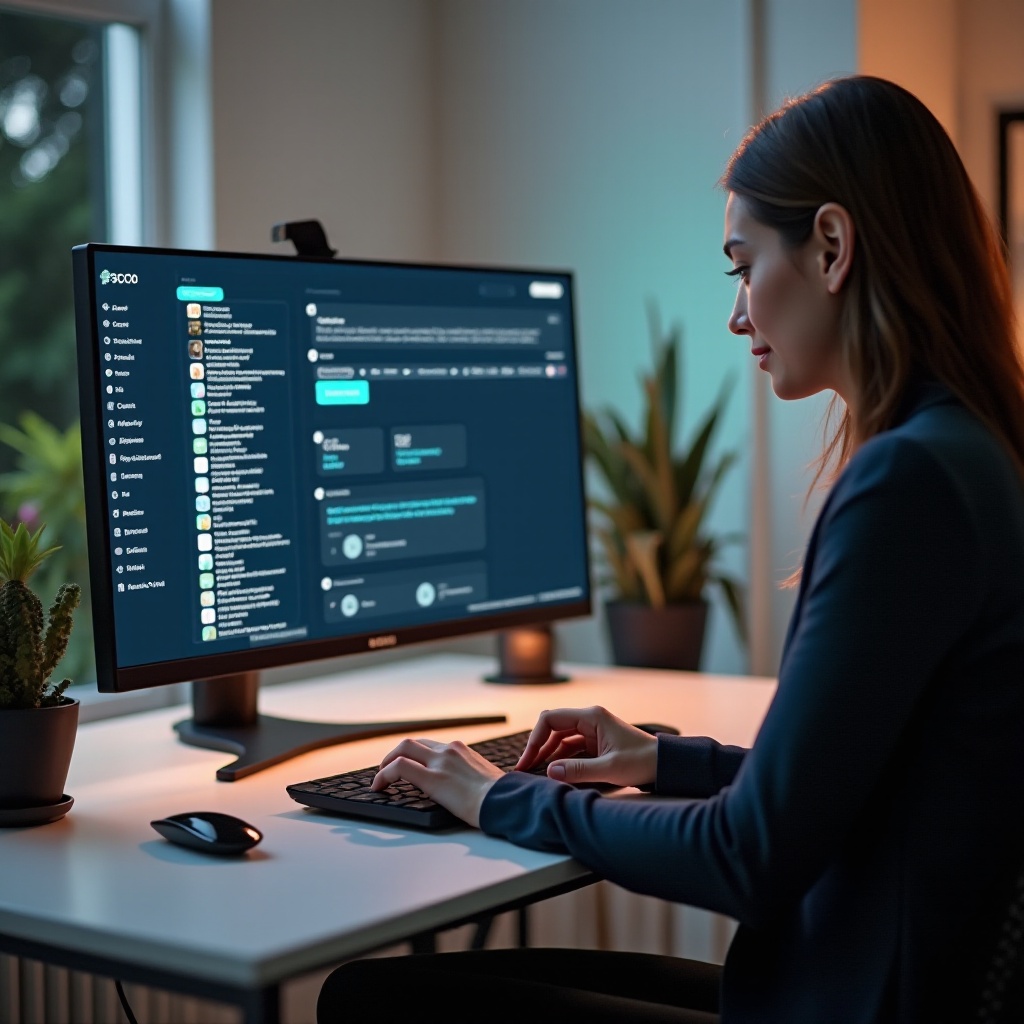Introduction
A mouse is often the default input device for many computer users worldwide. It offers precision, speed, and versatility, making it essential for tasks ranging from navigating the desktop to intricate graphic design. However, is a mouse absolutely necessary for using a computer, or are there other viable alternatives? This blog delves into various input devices, their functionality, and real-world user experiences to determine whether a mouse is a must-have or merely a convenience.

The Mouse as a Primary Input Device
The computer mouse, invented in the 1960s, has fundamentally transformed how we interact with computers. It allows for point-and-click navigation, which is intuitive for most users. The mouse excels in activities requiring detailed cursor movements, such as graphic design, gaming, and browsing.
The traditional mouse comes in various forms: wired, wireless, laser, and optical. It remains relevant due to its ease of use and ergonomic designs that reduce fatigue during extended use. However, while the mouse’s importance is undeniable, it’s essential to explore whether other input devices can match or even surpass its functionality.

Exploring Alternative Input Devices
There are several alternatives to the mouse that cater to different user preferences and needs. Understanding these devices can help you decide which one might be more suitable for your particular tasks.
Trackballs and Their Use Cases
Trackballs are stationary devices with a movable ball on top. Users manipulate the ball directly with their fingers, which can offer more precise control than a standard mouse. Trackballs are particularly useful in limited desk spaces, as they don’t require the dragging motion of traditional mice. They are popular in CAD environments and among users with certain mobility issues.
Touchpads on Modern Laptops
Touchpads are standard in modern laptops, offering a built-in alternative to the mouse. They support multi-touch gestures, such as pinch-to-zoom and two-finger scrolling, providing intuitive ways to navigate and manipulate on-screen content. While they may lack the precision of a mouse, touchpads are incredibly convenient due to their integration into laptops.
Stylus Pens: Pros and Cons
Stylus pens offer another alternative, especially for tasks requiring fine precision, such as digital art or note-taking on touchscreen devices. They provide a natural feel akin to drawing or writing on paper. However, they may not be ideal for all users due to the learning curve and the need for devices that support stylus input.
Keyboard Shortcuts: The Unsung Heroes
Keyboard shortcuts, often overlooked, can dramatically enhance productivity and workflow efficiency, making them an excellent alternative or complement to mouse usage.
Common Keyboard Shortcuts for Navigation
Common keyboard shortcuts like Ctrl+C for copy, Ctrl+V for paste, or Alt+Tab for switching between open windows can save time and reduce reliance on the mouse. Mastering these shortcuts enhances navigation efficiency and reduces the constant need to switch between keyboard and mouse.
Creating Personalized Shortcut Setups
Advanced users often create personalized shortcut setups tailored to their workflow. Software like AutoHotkey allows users to script custom shortcuts, which can replace repetitive tasks with a single keystroke. This customization can lead to significant time savings.
Efficiency Gains from Keyboard Use
Keyboard use for navigation, especially with shortcuts, leads to efficiency gains by minimizing the time spent moving hands between the keyboard and mouse. Users can execute commands faster and experience less strain over extended computer use.
Voice Commands and Virtual Assistants
Voice commands and virtual assistants like Siri, Google Assistant, and Cortana have revolutionized computer interactions. Voice recognition technology enables hands-free control of various computer tasks, from dictating text to opening applications and controlling smart home devices.
While voice commands can’t entirely replace the mouse, they offer significant advantages, particularly for users with mobility issues or during multitasking scenarios. The accuracy of voice recognition continues to improve, making it a valuable complement to traditional input devices.

Real-World User Experiences
Speaking with actual users who have transitioned from mouse-based navigation to alternate input methods provides valuable insights. Graphic designers might share experiences of moving from mice to styluses, while accessibility users might discuss the merits of trackballs or voice commands.
Content creators and office workers could explain how integrating keyboard shortcuts into their workflow improved productivity. These real-world accounts highlight the versatility and adaptability of alternate input methods and provide a practical perspective on whether a mouse is necessary.
Conclusion
While the mouse remains a prevalent and highly effective input device, it is not indispensable. Various alternatives, including trackballs, touchpads, stylus pens, and keyboard shortcuts, offer unique advantages that can suit different user needs and preferences. Voice commands provide an additional layer of functionality, enhancing accessibility and multitasking. Ultimately, the choice of whether to use a mouse depends on individual requirements and the specific tasks at hand.
Frequently Asked Questions
Can you use a computer without a mouse?
Yes, you can use a computer without a mouse by employing alternatives such as keyboard shortcuts, touchpads, trackballs, stylus pens, and voice commands.
What are the best alternatives to a computer mouse?
Some of the best alternatives to a computer mouse include trackballs, touchpads, stylus pens, and the use of keyboard shortcuts and voice commands.
Are keyboards faster than mice for navigation?
Keyboards can be faster for navigation when using shortcuts, as they reduce the time spent moving hands between the keyboard and mouse, leading to increased efficiency.